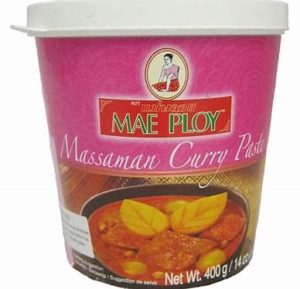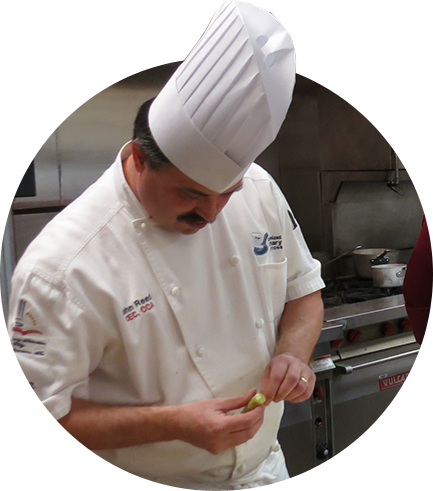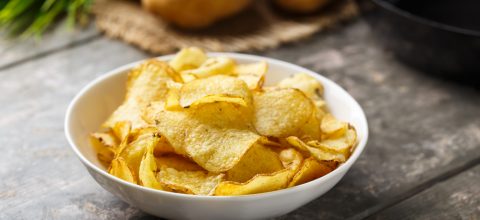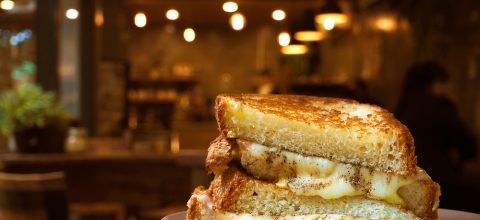After my recent trip to South Florida, I was re-energized by something that I have talked about before: sofrito. This predominately purchased item in home kitchens is a cooked seasoning base used to season beans, braises and other typically Latin dishes. However, sofrito should not be pigeon-holed in Latin cuisine.
I have talked many times about a personal Culinary GPS, which is the idea of incorporating local food culture, personal history, heritage and a host of other factors into your style of cuisine, thus creating your sense of global cuisine in your kitchen.
My introduction to sofrito was not from my wife’s side of the family (Cuban) but a book that I read many years ago on Italian cooking. Thank you Marcella Hazan; her book Essentials of Classic Italian Cooking is still a treasure. She talks about the concept of building flavor through the use of battuto and then soffritto (different spelling) and the insapoire being built sequentially from the components of the battuto. This is how the book starts. Of course, my favorite part of this was that classically it was built on lard being the primary fat used to transfer the flavor of the other ingredients throughout the dish.
The key to this whole process is patience and layering of ingredients. The typical battuto of finely chopped ingredients typically includes fat, parsley and onion. Yes, parsley as a flavoring ingredient, not just chopped, washed, and squeezed of all of its beauty to be thrown around like confetti on New Year’s Eve. There is tremendous flavor in those stalks! Start with fat, then slowly cook the onions and parsley until translucent. Add the remaining flavoring agents such as garlic, the “mirepoix” gang and others depending on your GPS to cook out to make the sofrito; when harmonized, your primary ingredients-whether vegan, grains or protein-“bestow” the taste. This is the technique of the “insapore.”
Great cooking across many cuisines follows this process of layering flavors. Here are some techniques from around the globe that you can think about when cooking in your kitchen. Use them to build your GPS for dishes you like. This will help you navigate different cuisines and rely less on recipes in cookbooks but build confidence in your ability to build global flavors using the fundamental principles.
Pastes
Cuban: Sofrito, a cooked paste of onion, garlic, peppers, chorizo, tomato and cumin
Puerto Rico: Recaito, a green sofrito made with cilantro, onions, garlic and seasonings
Indian: Masala, a wet or dry seasoning paste that varies from dish to dish
Catalan: Sofregit, a cooked paste of onions and tomatoes
Catalan: Samafaina, a reduced caramelized vegetable paste based on onions, eggplant, zucchini and peppers
Thailand: Curry pastes, from yellow and green to Massaman brown
Processes
China: Wok hay, the proper temperature control of the wok prior to adding oil and initial seasoning of garlic, ginger, chilis, etc.
Thailand: Frying of coconut milk before adding curry pastes
Korea: Cooking of ginger, garlic, soy and sweeteners and reducing prior to adding other ingredients for “braised” dishes
France: Caramelizing mirepoix and the pince of tomato paste
There are plenty of these processes and flavoring agents out there; just use your imagination, creativity and trust yourself. It will be worth the effort and less guilt of shopping in the frozen food section!
Curry Paste
My favorite Store-Bought Curry Paste
This one is a little harder to make at home, but I really love the complexity of the taste.

Beer
For no particular reason other than I have some in my fridge, if you can get to the East Coast (Vermont), it’s one of the best drinkers you can have if you like the hazy.











